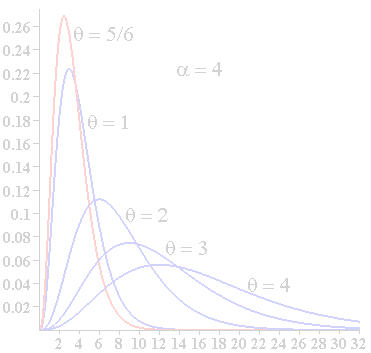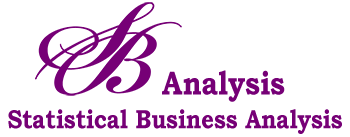A word of preface to this Sample Excerpt Issue
If you are new to math, or haven’t used it much since your high school days, please do not be alarmed by this sample. There may be terms, Greek letters or definitions that look foreign to you. With your subscription to the Journal of Applied Business Statistics, we explain in detail each concept prior to moving on to the next. Furthermore, we include a Quick Start Guide as a light math refresher so you can hit the ground running with journal issue number one.
With your entrepreneurial thinking wide open, we trust that after reading this sample, you will see how invaluable data analysis can be to the growth of your business/career. Enjoy!
General Applied Business Statistics – Article Excerpts
Data and Statistics
Sample Article Excerpt Taken from Journal Issue No.01
Michael J. Anderson
- WHAT IS STATISTICS
Statistics is the science of collecting, organizing, analyzing, interpreting, and presenting of data. In a nutshell, it is a way of getting information from data. The entirety of this Journal is to assist business owners, and managers at all levels, in utilizing statistical methods to make more informed, and one might argue, more successful business decisions.
It would be hard to imagine a day going by without coming across statistics, whether in a magazine or newspaper article, over the internet or even when checking out at a coffee shop (press here to add a 20% gratuity).
- Batting averages in baseball.
- Percent chance that it will rain tomorrow.
- The percentage change of the Consumer Price Index.
- Is there a correlation between cat ownership and blood pressure?
- The probability of picking the winning lottery numbers.
Examples of statistics in business might be:
- The number of injuries at plant B decreased by 5% last year.
- Last month’s ad campaign yielded 100 new customers.
- The average time spent on the firm’s website was 5.5 minutes per visitor.
The problem is that these are simply numbers on a page, and without statistical analysis, they do little in helping a company make sound decisions. The science of statistics provides a method to analyze and interpret the data – are the data correlated with another variable? Is the data point an outlier or indicative of a pattern? Statistical analysis gives us the tools to spot trends and potential pitfalls. A business cannot escape from data, and applied statistics gives it the methods to work with data effectively.
1.1 Descriptive Statistics
Descriptive statistics are the methods used to summarize data, to make it easy for the reader to understand. One form of descriptive statistics uses graphical techniques to present the data in a way that make it easier to extract useful information. Another form uses numerical techniques to summarize the data set. For example, suppose a staff member was analyzing the data of BTU usage for a firm’s manufacturing plants in 4 different regions…
To read the full sample issue, click the link below to download the PDF.

